Chinese cabbage, known as napa cabbage or Bok Choy in some regions, is a leafy vegetable celebrated for its mild, sweet flavor and crisp texture. Though often overlooked, this versatile ingredient forms the backbone of countless dishes across Asian cuisines. From stir-fries to soups, pickles to salads, mastering the art of cooking Chinese cabbage can transform a simple meal into a gourmet experience. This article explores expert techniques, creative recipes, and tips to unlock the full potential of this humble vegetable, ensuring every bite bursts with flavor and texture.
Understanding Chinese Cabbage: A Brief Overview
Before diving into recipes, it’s essential to appreciate the unique qualities of Chinese cabbage. Unlike its round, robust Western counterparts, Chinese cabbage features elongated, pale green leaves with crisp white stems. Its delicate flavor profile makes it an ideal canvas for bold seasonings, while its high water content ensures juiciness when cooked properly. The vegetable’s versatility stems from its ability to adapt to various cooking methods—whether sautéed, braised, steamed, or fermented—without losing its characteristic crunch.
Key Tips for Preparing Chinese Cabbage
- Selection and Storage: Choose cabbages with firm, unblemished leaves and crisp stems. Avoid specimens with wilted edges or yellowing. Store in the refrigerator’s crisper drawer, wrapped in a damp cloth or perforated plastic bag, to maintain freshness for up to a week.
- Washing: Rinse leaves thoroughly under cold water to remove dirt, especially between the tightly packed layers. Pat dry to prevent sogginess during cooking.
- Cutting Techniques: Slice crosswise for stir-fries, shred finely for salads, or halve lengthwise for grilling. The stems and leaves can be separated and cooked at different times due to varying textures.
Stir-Fried Chinese Cabbage: The Quick and Flavorful Classic
Stir-frying is the most common method for preparing Chinese cabbage, as it preserves the vegetable’s crispness while infusing it with aromatic flavors.
Recipe: Garlic and Ginger Stir-Fry
Ingredients:
- 1 medium Chinese cabbage, sliced into 1-inch strips
- 3 garlic cloves, minced
- 1 tbsp fresh ginger, grated
- 2 tbsp vegetable oil
- 1 tbsp soy sauce
- 1 tsp sesame oil
- 1/2 tsp sugar
- Salt and pepper to taste
- Optional: 1 red chili, sliced (for heat)
Instructions:
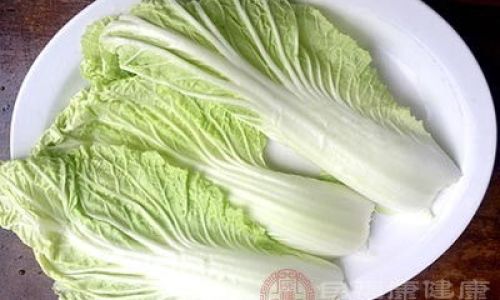
- Heat vegetable oil in a wok or large skillet over high heat. Add garlic, ginger, and chili (if using), stirring for 30 seconds until fragrant.
- Toss in cabbage stems first, cooking for 2 minutes before adding the leaves. Stir vigorously to coat evenly.
- Drizzle soy sauce, sesame oil, and sugar over the cabbage. Continue stir-frying for 3–4 minutes until tender-crisp.
- Season with salt and pepper. Serve immediately as a side dish or over rice.
Pro Tips:
- Use high heat to prevent the cabbage from releasing excess moisture.
- Add leafy greens last to avoid overcooking.
- For a richer flavor, substitute sesame oil with a splash of oyster sauce.
Braised Chinese Cabbage: Unlocking Umami Depth
Braising transforms the cabbage into a silky, melt-in-the-mouth dish, perfect for colder months. This method pairs exceptionally well with pork, mushrooms, or tofu.
Recipe: Braised Cabbage with Pork Belly
Ingredients:
- 1 lb pork belly, sliced into thin strips
- 1 large Chinese cabbage, quartered lengthwise
- 4 cups chicken broth (or water)
- 2 tbsp soy sauce
- 1 tbsp Shaoxing wine (or dry sherry)
- 1 tbsp sugar
- 3 garlic cloves, smashed
- 2 scallions, chopped
- 1 tbsp sesame oil
Instructions:
- In a Dutch oven, brown pork belly over medium heat until crispy. Remove and set aside.
- In the same pot, sauté garlic and scallions until golden. Add cabbage, stirring to coat in fat.
- Pour in broth, soy sauce, Shaoxing wine, and sugar. Bring to a simmer, then reduce heat to low.
- Return pork belly to the pot, cover, and braise for 25–30 minutes until cabbage is tender.
- Drizzle with sesame oil before serving.
Variation: For a vegetarian version, omit pork and add sliced shiitake mushrooms and extra soy sauce.
Steamed Chinese Cabbage: A Light and Healthy Approach
Steaming retains the cabbage’s natural sweetness and nutrients, making it an excellent choice for health-conscious cooks.
Recipe: Steamed Cabbage with Garlic Soy Dressing
Ingredients:
- 1 Chinese cabbage, halved lengthwise
- 2 tbsp soy sauce
- 1 tbsp rice vinegar
- 1 tbsp honey
- 1 garlic clove, minced
- 1 tsp sesame seeds
- 1 tbsp olive oil
Instructions:
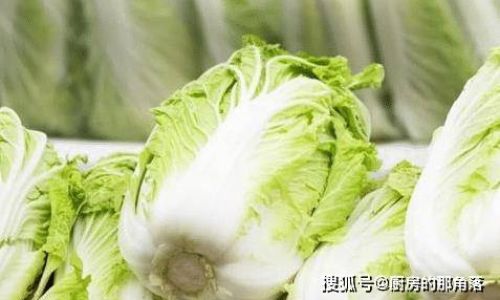
- Steam cabbage halves for 8–10 minutes until tender. Drain excess liquid.
- Whisk soy sauce, rice vinegar, honey, and garlic in a bowl. Drizzle over the cabbage.
- Heat olive oil in a small pan until shimmering, then pour over the cabbage to sizzle the garlic.
- Garnish with sesame seeds.
Pickled Chinese Cabbage: Tangy and Probiotic-Rich
Pickling elevates the cabbage’s crunch into a zesty condiment or side dish. Choose between quick refrigerator pickles or fermented kimchi-style.
Recipe: Quick Refrigerator Pickles
Ingredients:
- 1 Chinese cabbage, shredded
- 1 cup rice vinegar
- 1/2 cup sugar
- 1 tbsp salt
- 1 tsp red pepper flakes
- 4 garlic cloves, sliced
Instructions:
- Toss cabbage with salt in a colander. Let sit for 1 hour to wilt, then rinse and drain.
- In a saucepan, combine vinegar, sugar, red pepper flakes, and garlic. Simmer until sugar dissolves.
- Pack cabbage into jars and pour hot brine over. Seal and refrigerate for 24–48 hours.
Fermented Kimchi-Style: Add daikon radish, fish sauce, and Korean chili paste. Ferment at room temperature for 3–5 days.
Soups and Stews: Hearty and Comforting
Chinese cabbage adds substance and sweetness to broths and stews.
Recipe: Miso Soup with Cabbage and Tofu
Ingredients:
- 4 cups dashi (or vegetable broth)
- 1/2 cup miso paste
- 1 cup Chinese cabbage, chopped
- 1/2 block firm tofu, cubed
- 2 scallions, sliced
Instructions:
- Bring dashi to a simmer. Whisk in miso until dissolved.
- Add cabbage and tofu, simmering for 5 minutes.
- Serve garnished with scallions.
Salads: Raw and Refreshing
Raw Chinese cabbage shines in salads, offering a crisp contrast to tangy dressings.

Recipe: Asian-Style Slaw
Ingredients:
- 4 cups shredded Chinese cabbage
- 1 carrot, julienned
- 1/4 cup cilantro, chopped
- 2 tbsp rice vinegar
- 1 tbsp honey
- 1 tbsp sesame oil
- 1 tbsp peanut butter (optional)
Instructions:
- Whisk vinegar, honey, sesame oil, and peanut butter. Toss with cabbage, carrot, and cilantro.
- Chill for 30 minutes before serving.
Stuffed Cabbage Rolls: A Showstopping Main
Wrap seasoned meat or rice in cabbage leaves for an elegant, flavorful dish.
Recipe: Pork and Rice Stuffed Cabbage Rolls
Ingredients:
- 12 large cabbage leaves
- 1 lb ground pork
- 1 cup cooked rice
- 1 egg
- 1 onion, diced
- 2 garlic cloves, minced
- 1 tbsp soy sauce
- 1 can tomato sauce
Instructions:
- Blanch cabbage leaves in boiling water until pliable. Drain.
- Mix pork, rice, egg, onion, garlic, and soy sauce. Place 2 tbsp filling in each leaf; roll tightly.
- Arrange rolls in a baking dish, cover with tomato sauce, and bake at 375°F (190°C) for 45 minutes.
The Health Benefits of Chinese Cabbage
Beyond its culinary versatility, Chinese cabbage is a nutritional powerhouse. Rich in vitamins C and K, fiber, and antioxidants, it supports immune health, digestion, and bone strength. Its high water content (95%) aids hydration, making it an ideal low-calorie addition to any diet.
Conclusion: Embrace the Humble Cabbage
Chinese cabbage’s adaptability makes it a kitchen essential. Whether stir-fried, braised, or pickled, mastering its preparation opens doors to endless culinary creativity. Experiment with flavors, textures, and techniques to elevate this unassuming vegetable into a star ingredient. From quick weeknight dinners to festive feasts, Chinese cabbage proves that simplicity and sophistication can coexist on every plate.

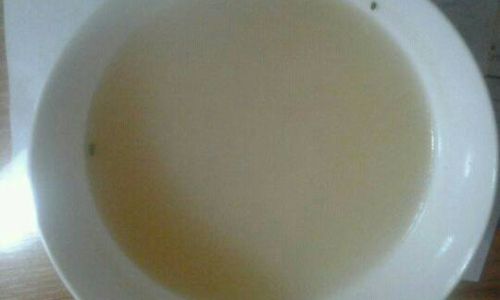
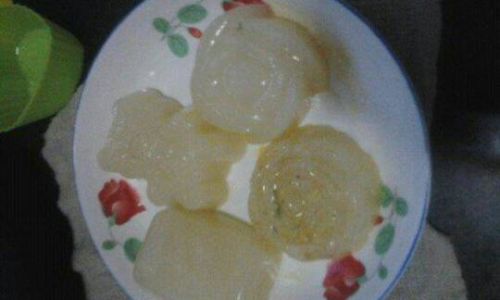

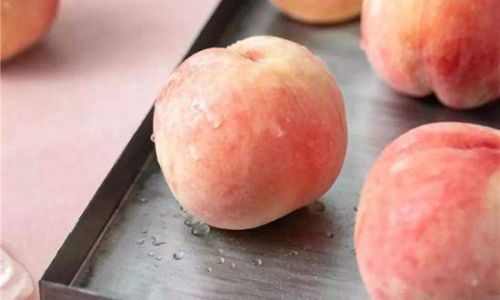
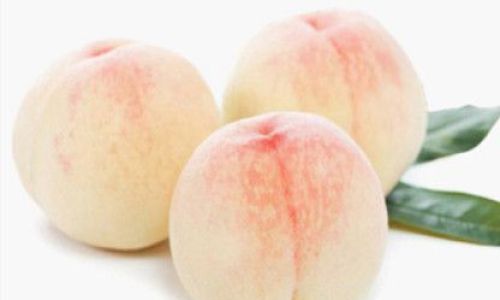
0 comments